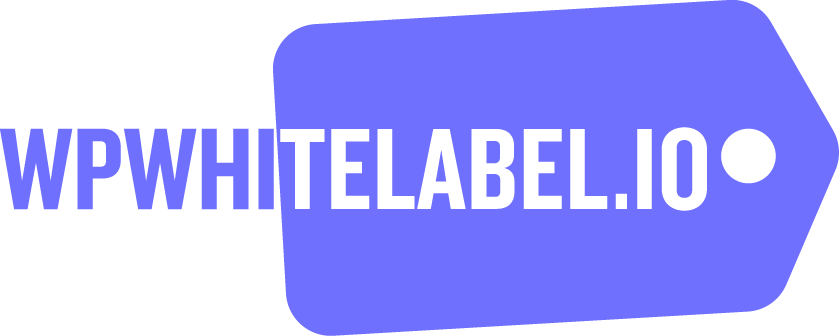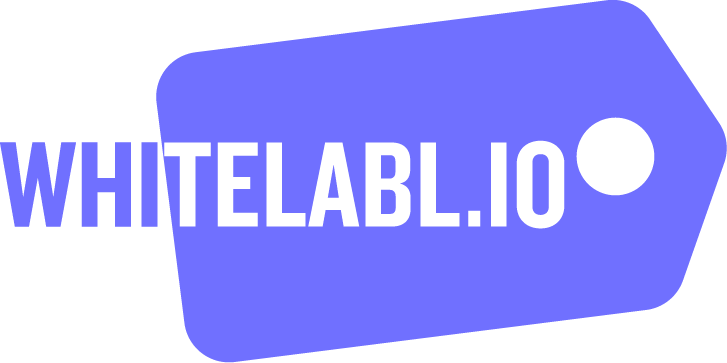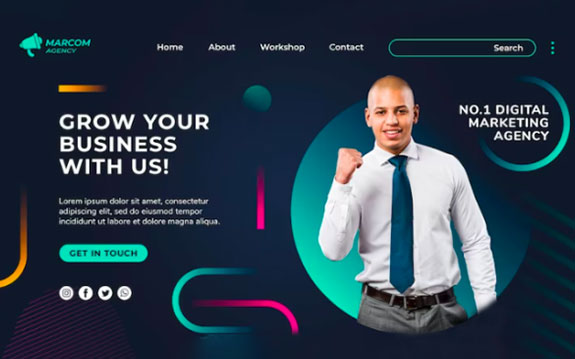Trying to decide between in-house and white label WordPress development? This article provides a cost comparison for in-house vs white label WordPress development. It covers direct expenses, hidden costs, and everything in between. By the end, you’ll know which approach fits your budget and project needs best.
Key Takeaways
- Understanding the complete range of costs—both direct (salaries, benefits) and indirect (overhead expenses)—is essential for comparing in-house and white label WordPress development.
- White label development typically offers a more flexible and potentially cost-effective pricing structure. This includes service fees, project-based pricing, and the possibility of hidden costs related to quality assurance and communication.
- The choice between in-house and white label WordPress development also includes budget constraints, project complexity, and long-term business goals. Here, white label development can be advantageous for flexibility & scalability, and in-house teams for better long-term alignment and control.
1. Understanding Cost Components in WordPress Development
To accurately compare in-house and white label WordPress development, it’s essential to understand the different cost components involved.
Direct costs include salaries, benefits, and service fees. Indirect costs encompass overheads like office space, utilities, and equipment. Both categories need to be carefully considered to grasp the financial commitment required for each approach.
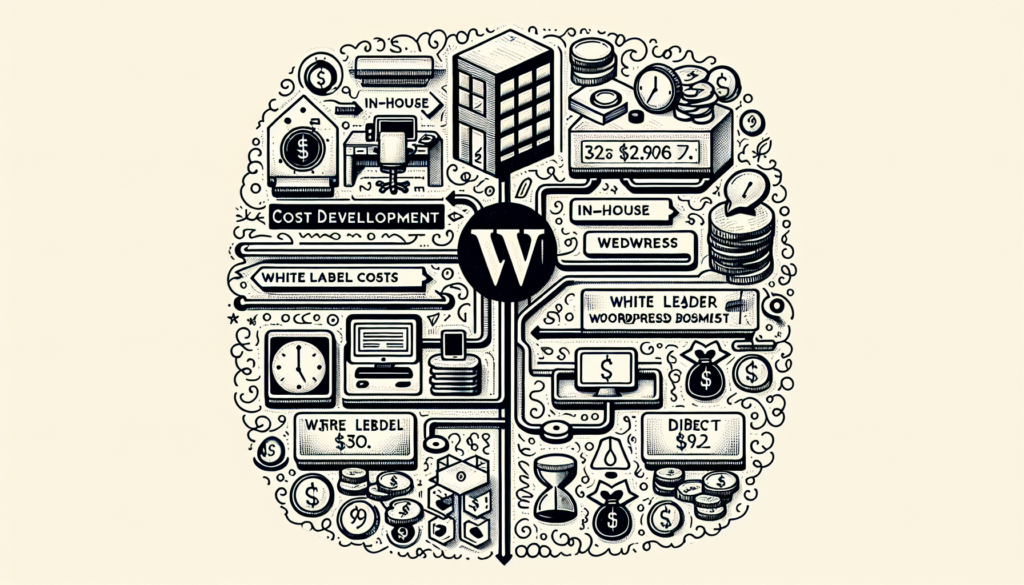
Direct Costs
In-house WordPress development incurs significant direct costs. Salaries are the most obvious expense, representing an ongoing financial commitment. Additionally, benefits such as health insurance and retirement plans add to the costs, along with mandatory taxes and contributions. Consequently, in-house development can be a pricey proposition.
Conversely, white label WordPress development is driven by the agency’s service fees. These fees can vary based on the project’s complexity and scope, offering a more flexible and potentially cost-effective solution for businesses.
Indirect Costs
Indirect costs also play a crucial role in in-house development budgets. These include overhead expenses like office space, utilities, and equipment, all of which require continuous financial outlay.
For example, maintaining office space involves rent, property maintenance, and associated costs. Additionally, there’s a need for updated equipment and software, which can contribute to higher upfront costs.
In contrast, white label development may have some additional costs. Such hidden costs can affect the project’s overall cost-effectiveness, albeit less visibly.
By understanding these cost components, businesses can make more informed decisions about their WordPress development strategy.
Read: White Label WordPress Development for Digital Agencies
2. Calculating In-House Development Costs
Each cost component involved in maintaining an in-house development team contributes to the total expenditure. Recruitment, onboarding, salaries, benefits, and overhead costs can quickly add up. Understanding these components is vital to evaluating the true cost of in-house development.

Recruitment and Onboarding Process
Recruiting an in-house team is time-consuming and costly. It involves advertising roles, screening candidates, conducting interviews, and onboarding selected individuals. These steps require significant effort and financial investment, often increasing hiring costs. Moreover, the expenses don’t end at recruitment. Training new employees and ensuring the team remains updated with the latest WordPress development practices are some additional costs.
Salaries and Benefits
Salaries for in-house WordPress developers can be high. This ongoing cost can strain budgets, especially for small to medium businesses. Additionally, providing benefits such as health insurance and retirement plans adds another financial layer. Other costs include wages, benefits, and overheads, making in-house development a substantial long-term investment.
Overhead Costs
Overhead costs for in-house teams are significant. These include expenses beyond direct labor costs, such as office space, utilities, and equipment. Renting office space entails costs like rent and property maintenance, which can quickly add up.
Utilities, including electricity, water, and internet, along with maintaining up-to-date equipment and software licenses, are ongoing expenses impacting the overall budget.
Consequently, these overhead costs make in-house development an expensive proposition, especially for businesses with limited resources.
Find out: The Cost-Effectiveness of White Label Website Design Services
3. Evaluating White Label WordPress Development Costs
White label WordPress development offers a flexible and cost-effective cost structure, eliminating the need for recruitment and onboarding. The primary costs involve service fees, project-based pricing, and potential hidden costs. Evaluating these components is essential to understand the true financial commitment.
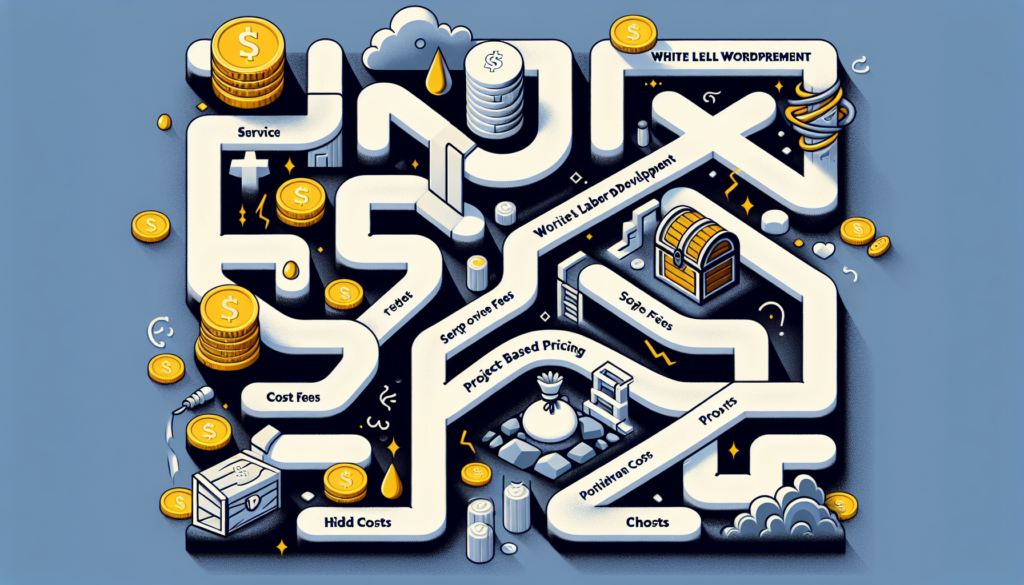
Service Fees
Service fees for white label WordPress development can vary widely based on the level of service and project complexity.
For example, agencies typically offer plans such as the ‘Starter’ plan at $749/per month for 1-2 hours of daily work, and the ‘Pro’ plan at $1,497/per month for 3-4 hours of daily work.
These recurring plans provide predictable monthly costs, simplifying budgeting.
Additionally, some agencies offer ‘Bucket of hours’ pricing, where businesses can purchase a set number of hours for specific tasks.
For example, 40 hours might cost $1200, providing a flexible solution for short-term projects. This model allows businesses to manage costs effectively while accessing high-quality services.
Project-Based Pricing
Project-based pricing is another cost-effective solution offered by white label agencies. This model involves paying for specific tasks or projects, such as theme development or site tweaks, making it beneficial for small businesses without the resources for a full in-house team. Using an offshore development partner with project-based pricing can reduce costs by up to 50%, offering a flexible way to manage project requirements and budgets.
Know more: White Label WordPress Development: Legal and Ethical Considerations
4. Comparing Productivity and Efficiency
When comparing in-house and white label WordPress development, productivity and efficiency are crucial. In-house teams possess internal expertise and a deep understanding of the company’s goals, culture, and values, enhancing productivity and collaboration. Conversely, white label agencies offer specialized expertise and save time on recruitment and onboarding, enabling quicker project initiation.

Time Management
Time management is key in WordPress development. In-house teams benefit from seamless communication and collaboration, speeding up decision-making and problem-solving. However, office distractions can extend task completion times.
White label services offer several advantages:
- Accelerated project timelines with experienced developers ready to start new projects.
- Access to a dedicated project manager for efficient management.
- Instant messaging support for timely project completion.
In short, partnering with a white label agency ensures efficient project management and timely delivery.
Quality of Output
Quality of output is another critical consideration. In-house teams provide direct control and communication, resulting in personalized, cohesive outputs that align with the company’s brand. However, limited exposure to various projects and industries can hinder innovation.
White label agencies bring:
- Specialized expertise and experience in handling multiple projects simultaneously.
- High-quality services that positively impact project success.
This makes white label agencies a valuable option for businesses seeking high-quality output.
Also read: How White Label WordPress Development Helps Agencies Thrive
5. Risk Factors and Mitigation
Both in-house and white label WordPress development have their own potential challenges. Understanding these risks and implementing mitigation strategies is crucial for project success.
Accountability and Responsibility
In-house development provides more control over the project, ensuring alignment with internal standards and procedures. This direct control allows for quick responses to changing market dynamics and better alignment with business goals.
Conversely, white label partners manage hiring and oversight of developers, reducing management headaches for businesses. This arrangement transfers the risk of project failure to the agency, ensuring better accountability and responsibility for the project’s success.
Scalability and Flexibility
While in-house teams may struggle to scale resources quickly to meet changing business needs, they offer more control, which is beneficial for long-term commitments.
White label agencies provide scalable resources, allowing businesses to:
- Access more resources during peak periods without long-term commitments.
- Enhance project outcomes and timelines.
This flexibility makes white label development a cost-effective solution for businesses with fluctuating workloads.
6. Making the Right Choice: Factors to Consider
Deciding between in-house and white label WordPress development involves several factors, including budget constraints, project complexity, and long-term goals.
Budget Constraints
Budget constraints significantly impact the decision-making process. White label agencies are generally more cost-efficient for short-term projects, offering flexibility and reducing long-term commitments. Conversely, in-house teams can ensure better cost control and value for long-term projects as they gain experience and efficiency.
Considering both direct and indirect costs is crucial for determining the best approach. Evaluating the complete cost of in-house resources versus white label outsourcing also provides a clearer picture of the financial commitment required.
Project Complexity
White label agencies have skilled professionals with specialized expertise, making them suitable for handling complex tasks efficiently. This is beneficial for businesses requiring advanced functionalities or custom solutions.
In-house teams may need additional training or collaboration with external experts to manage specialized tasks, leading to increased costs and extended timelines. Evaluating project scope, complexity, and specific requirements is essential for making the right choice.
Long-Term Goals
In-house teams can embrace the company’s culture, values, and vision, contributing to long-term success. Building a strong in-house team is a long-term investment as their expertise grows with the organization.
However, the scalability and flexibility offered by white label agencies can also support long-term growth. These agencies provide customizable solutions and access to a diverse talent pool, enabling businesses to stay competitive and adapt to market changes.
Know: Why Choosing a White Label WordPress Agency is a Smart Move for Freelancers & Digital Agencies
Summary
In summary, both in-house and white label WordPress development come with their own set of advantages and challenges.
In-house development offers direct control, better alignment with business goals, and a personalized output. However, it requires significant investment in salaries, benefits, and overhead costs.
White label development, on the other hand, provides cost-effective solutions, specialized expertise, and scalability, but may involve communication challenges.
By carefully evaluating these factors, businesses can make an informed decision that best suits their needs and ensure sustained growth.
Frequently Asked Questions
What are the main direct costs involved in in-house WordPress development?
The main direct costs involved in in-house WordPress development include salaries, benefits like health insurance and retirement plans, and taxes, which are ongoing expenses that can impact the budget.
How do white label agencies structure their service fees?
White label agencies structure their service fees based on the level of service and project complexity. They offer various plans like monthly recurring plans and ‘Bucket of hours’ pricing, to provide businesses with predictable costs and flexibility.
How does project complexity influence the choice between in-house and white label development?
Project complexity can influence the choice between in-house and white label development, as white label agencies with specialized expertise may be better suited for handling complex tasks efficiently, potentially reducing costs and project timelines.
What are the long-term benefits of choosing in-house development?
Choosing in-house development leads to a long-term investment that can foster sustained growth by aligning the team with the company’s culture and objectives over time.
